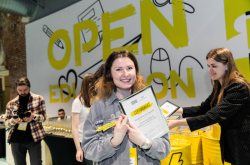Was this your first time at Bett?
Indeed it was, although I've been following the event for three years. Bett is interesting to me for professional reasons. At the Center for Science and Technology Foresight, where I work, we study the trends in modern education and so I expected to learn a lot from the exhibition.
The event was a total success, its list of participants being most impressive: from hundreds of small startups to giants such as Google, Microsoft and Adobe. Similar events in Russia also aim to involve representatives of business, but in a more traditional format. At Bett, however, they have discussions, round tables and presentations that look almost like shows. On top of that, you should've seen their choice of topics. They held discussions at five different sites, and every one of them was most relevant.
So, what are the current trends in education?
First of all, children are now given more and more freedom. Thanks to various technologies and devices, today’s children are no longer meager participants of the educational process, but they are creators and come up with new things of their own.
For example, a student can log onto some platform, write a bit of code and see how real devices interact with their code. This way, they learn how their actions in the digital environment can affect the real life. VR models work in a similar manner. Before today, students learned about World War I by reading textbooks; now they can put on a VR headset and enter an interactive environment where they can move objects and get response from their surroundings.
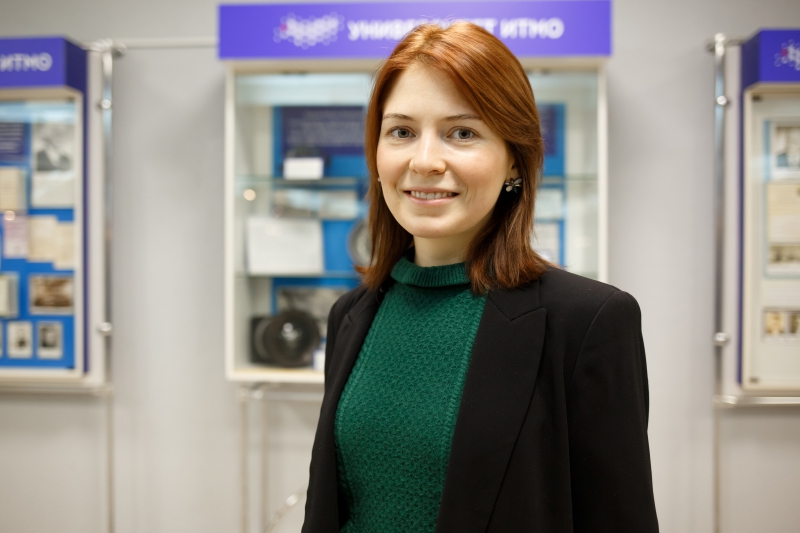
Secondly, as we give children the freedom of choice and the opportunity to create, we also have to protect them. Children start using smartphones in their early years, and they post to social media on a regular basis. The situation becomes critical when they reach 14, especially when we’re talking about girls. It threatens their personal safety, both physically and psychologically. Nowadays, there are many solutions with the sole purpose of protecting them.
Different companies focus on different approaches: some aim to establish borders while others aspire to teach the children to discern what is right for them and what is not. The more advanced solutions don't just block access to particular content but also explain what can happen if you follow particular links or do other questionable things.
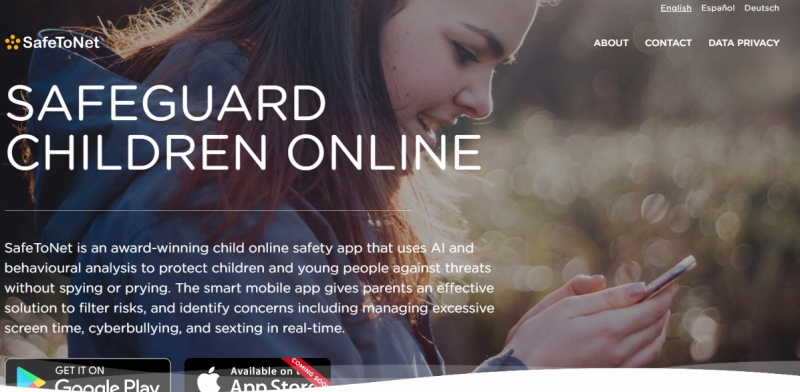
Safe to Net is one such application. Whatever a smartphone user is doing: visiting websites, messaging in WhatsApp, checking their mail, etc., all of this is scanned and recorded in the system. The application can process images and texts on its own. If it identifies a threat, it sends you a notification along the lines of "do you know that following this link may get you in trouble" or "do you know that if you send this image it may become public on the Internet". This is a subtle issue, but teenagers should be reminded of such things, as it teaches them to behave in the digital environment where there can be all kinds of consequences. If a child starts typing a message and the system identifies cursing or threats (the AI can identify the context, as well), the system recommends them to stop so that they won't offend anybody.
If a child ignores the notifications nine times over, the application locks the smartphone and sends a report to their parents. According to Safe to Net' developers, children respond to the notifications in 80% of cases, and decide to not carry on with actions that can harm them or other people.
What else did you see at the exhibition?
I was interested in the different solutions for better involvement of children in distance education. For example, we at ITMO University have a distance education course in the field of digital culture. And there's always a risk that distance education will be less effective than studying under a real lecturer.
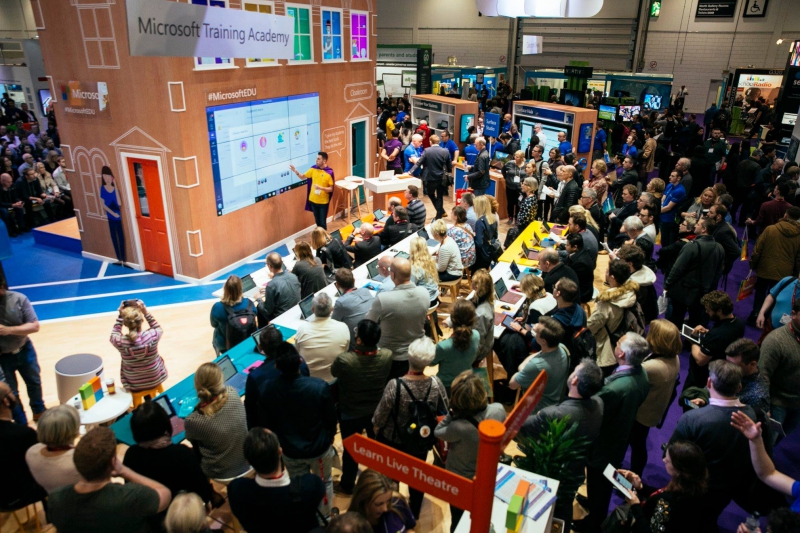
At Bett, our colleagues presented a video that was aimed at the teachers’ community. You don't just watch it and comment, but get the opportunity to simulate the work with a lecturer, as though they stand right in front of you. By gathering different comments and inquiries, it is possible to not just help the students to understand the subject, but also collect statistics on which information turned to be the less comprehensible, which got the most responses and such. This way, students get the opportunity to better interact with other students and the lecturer, and the latter gets to understand their audience better.
Feedback is an important element of conducting such hi-tech courses. As the new products are aimed primarily at the students, it is the assessment of the target audience that largely contributes to their effectiveness. After launching the early versions of their courses, the authors continue their work in close collaboration with students: they gather feedback, correct the curriculum and UI. We at the Center for Science and Technology Foresight have to perform similar tasks: gather and process feedback in order to account for mistakes and various behavior models.
I was also interested in the issue of organizing space at universities. Seven years ago I was a student myself, and I was often faced with the issue of finding a space where I could focus on work, either by myself or with friends. When I talk to students today, they complain about the same issue.
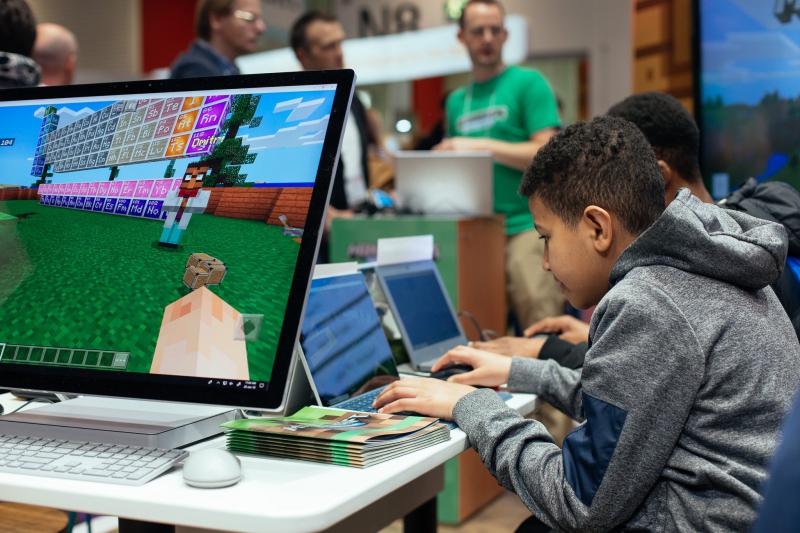
Still, they didn't discuss it at Bett: it seems that nowadays, our international colleagues have already found a solution. It's nothing complex, you don't even need technologies for that: you just have to adapt the space to the audience's requirements and work towards a more efficient and comfortable educational process. This can be done using dedicated spaces, comfortable furniture, and equipment for visualizing ideas. Well, there's much we can learn from our international colleagues in this regard.
Is Russia falling behind on the modern hi-tech trends in education?
We do have some advanced practices in Russia, but the trends we have here mostly fall behind. When you listen to expert discussions at Bett on the various cases of organising the educational process and note the audience's reaction, you understand that such practices have been introduced in other regions and institutions. And I, as someone who stays up to date on any news regarding technological solutions in the field of education in Russia, learned of many devices for the first time. I sometimes stumbled upon singular news about particular solutions being introduced, but never learned about any discussions concerning the widespread use of such technologies and approaches at schools and universities. So, I have to say that we're falling behind.
Buying particular solutions could do the trick. Some of the solutions presented at Bett don't cost much, but can make teachers' lives easier. Surely, the teachers and management will have to learn to use the associated software and devices, but this can increase the efficiency of educational establishments and make the lives of students more interesting and fun.

Modern solutions can help perform various tasks a lot faster. If we’re talking about the routine tasks, the lecturer can make use of an IT instrument to generate a report rather than write one. As for the creative tasks, they can make use of reports compiled by an AI when they need to give recommendations or assess the students' efficiency.
Using month-long free trials can be a good start when introducing a new instrument to an educational establishment. Almost every school has teachers who love everything new. If such a teacher tries the new service and proves that it makes the educational process more efficient, their colleagues will catch up. If a solution really works, people will take their time to learn to use it.
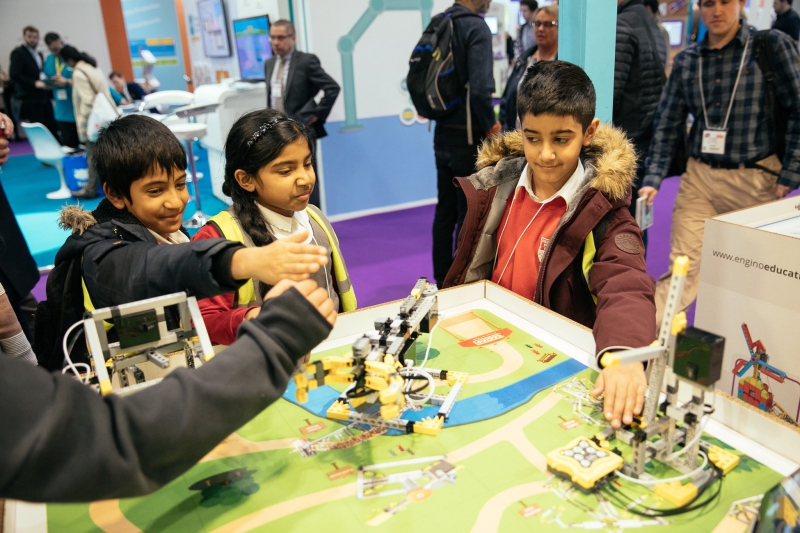
Were there any Russian companies present at the exhibition?
Bett is an international event; among its participants were teams from Europe, the USA, Canada, China, the Middle East, but few came from Russia. Compared to the others, Russian solutions just don’t seem competitive enough. Nevertheless, I believe that hard work and willingness to answer the demands of target audiences will help us develop advanced products in the field of education.




